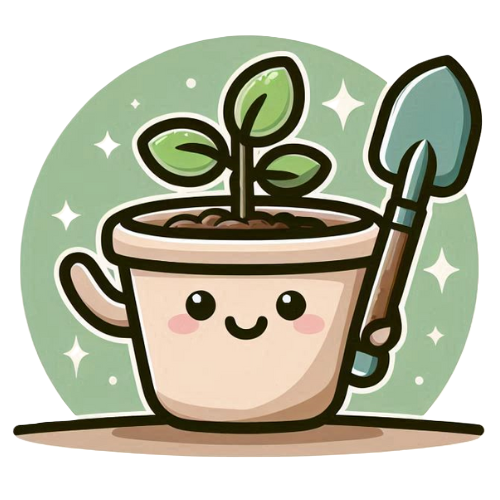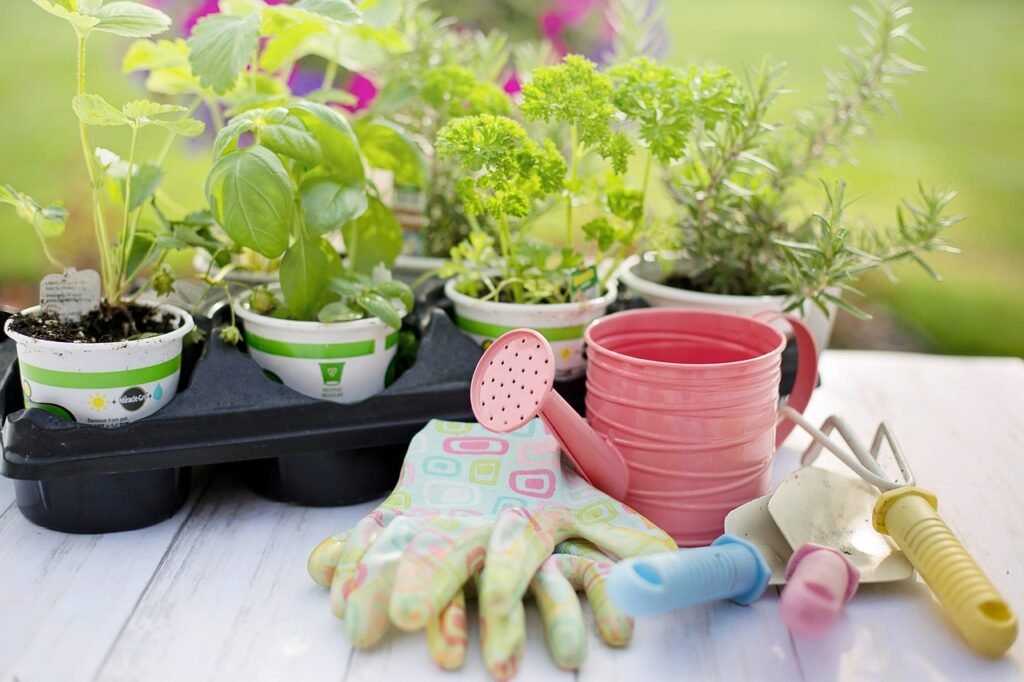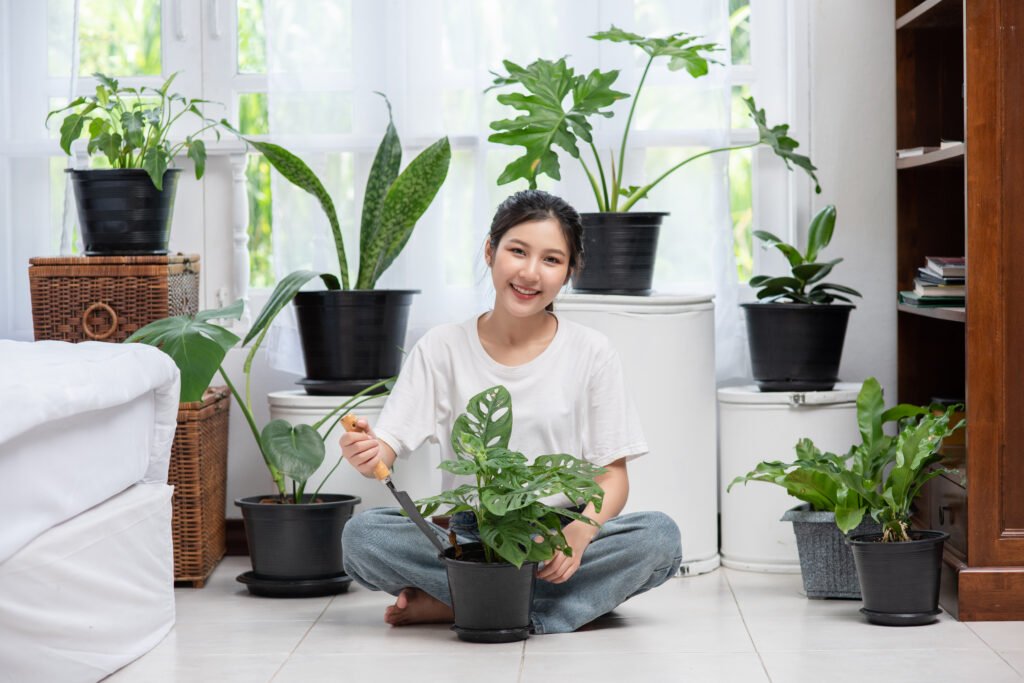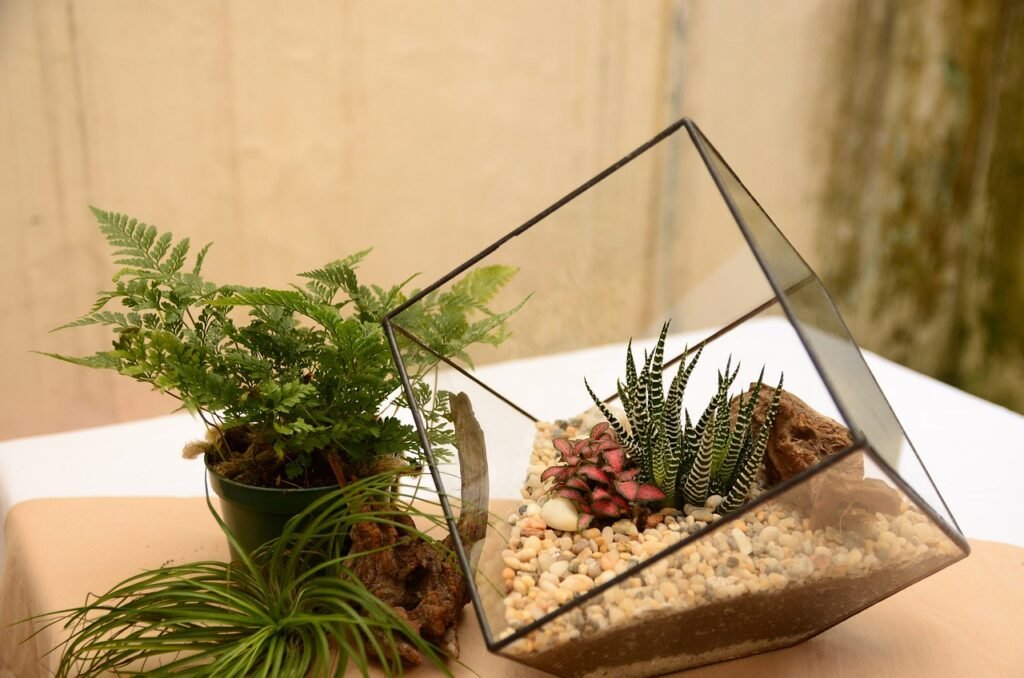Hey there, indoor gardeners! 🌱✨ If you’re looking to dive into the world of indoor gardening, you’ve probably heard about two major players: hydroponics and traditional soil gardening. Both have their own perks and quirks, and choosing between them can feel like a tough call. But don’t worry – we’re here to break it down for you in the friendliest way possible. Let’s explore the pros and cons of hydroponics and soil gardening so you can make an informed decision about which is best for your indoor garden. Ready? Let’s dig in!
Soil Gardening: The Classic Choice
Soil gardening is like the classic rock of gardening – tried, tested, and trusted. It’s the method most people think of when they imagine a garden. Here’s why soil gardening remains so popular:
1. Simple and Intuitive: Soil is easy to understand and work with. Most people have grown up with it, so there’s a familiarity that makes it feel comfortable. Plus, it’s forgiving – a little over or under-watering isn’t usually disastrous.
2. Rich in Nutrients: Good soil is naturally rich in nutrients that plants need to grow. It contains organic matter, beneficial microbes, and minerals that help plants thrive. You can easily enrich soil with compost and other organic materials to boost its fertility.
3. Supports Beneficial Microbes: Soil is a bustling ecosystem of beneficial microorganisms that help break down nutrients and support plant health. These microbes are great for improving plant growth and resilience.
4. Cost-Effective: Soil gardening can be more budget-friendly, especially if you’re using existing soil and composting your own organic matter. It’s a great way to get started without a big investment.
5. Aesthetic Appeal: There’s something undeniably satisfying about seeing plants growing in soil. It offers a natural and earthy look that many find appealing.
Challenges:
- Space and Mess: Soil can be messy, and it might not be the best choice if you have limited space or are worried about spills and stains.
- Pests and Diseases: Soil can harbor pests and diseases, which might require additional management and treatment.
Hydroponics: The Modern Marvel
Hydroponics is like the sleek, high-tech cousin of soil gardening. It’s a soilless system where plants grow in a nutrient-rich water solution. Here’s why hydroponics is gaining fans:
1. Faster Growth: Plants grown hydroponically often grow faster than those in soil. They get direct access to nutrients and oxygen, which can lead to quicker development and higher yields.
2. Water Efficiency: Hydroponic systems use less water than traditional soil gardening. The water is recirculated, reducing waste and making it an eco-friendly option.
3. Space-Saving: Hydroponics is perfect for small spaces. Systems like vertical gardens and compact grow units can fit into areas where traditional soil gardening might be impractical.
4. Less Mess: No soil means no soil-related mess. Hydroponic systems are cleaner and can be easier to manage, especially indoors.
5. Fewer Pests and Diseases: With no soil to harbor pests or diseases, hydroponics can reduce the risk of these issues. However, you still need to watch out for waterborne pests and algae.
Challenges:
- Initial Cost: Hydroponic systems can be more expensive to set up. The cost of equipment and nutrient solutions can add up, though many people find it worthwhile in the long run.
- Technical Know-How: Hydroponics requires a bit more technical knowledge. You’ll need to understand nutrient balances, pH levels, and system maintenance to keep things running smoothly.
Soil vs. Hydroponics: The Ultimate Showdown
1. Ease of Use: Soil is more forgiving and easier for beginners. Hydroponics requires more precise management and a bit of a learning curve.
2. Growth Speed: Hydroponics typically offers faster growth and higher yields due to better control over nutrient delivery.
3. Space Efficiency: Hydroponics is a winner here. If you’re working with limited space, hydroponic systems can be a fantastic way to maximize your indoor garden.
4. Environmental Impact: Hydroponics uses less water and can be more sustainable. However, soil gardening can be more eco-friendly if you compost and use organic practices.
5. Cost: Soil gardening is generally cheaper upfront, but hydroponics might offer savings in the long run due to faster growth and better resource use.
Which is Better for You?
It really comes down to your preferences, space, and goals. If you love the classic, hands-on approach and don’t mind a bit of mess, soil gardening might be your go-to. On the other hand, if you’re excited about cutting-edge technology, faster growth, and a cleaner setup, hydroponics could be the way to go.
You might even find that a combination of both works best for you. Many indoor gardeners use hydroponics for certain plants and soil for others, enjoying the benefits of each method. So, whether you choose the earthy charm of soil or the modern efficiency of hydroponics, you’re sure to create a thriving indoor garden. Happy gardening, and may your indoor oasis flourish no matter which method you choose! 🌿🌟




